Science education should not be confined within the walls of a classroom or the pages of a textbook. It should be present in both formal and informal learning environments. While formal education provides structured knowledge and lab experiences, informal science learning can supplement classroom learning and offer opportunities for discovery, exploration, and real-world application.
Integrating these informal experiences into your classroom will enrich students’ understanding, engagement, and passion for science across various disciplines. And the most amazing thing that could happen – students that you might not expect (based on classroom performance, interest, and attitude) may thrive in these informal settings!
What is Informal Science Learning?
Informal science learning is anything that occurs outside a traditional classroom setting. This could include school field trips or voluntary visits to museums, a planetarium, parks/nature walks, science centers, or zoos. These settings often include educational signage, hands-on activities, and/or practical applications of scientific concepts. Unlike formal education, informal learning allows for student choice, encourages curiosity-driven exploration, and can lead to a deeper appreciation for science that may not be seen in school.

Ideas to Bridge Formal and Informal Science Learning
The connection between formal and informal science education could be pivotal in improving scientific literacy and nurturing students’ interest in science. Based on your needs, available resources, or location, you may have to be creative and think outside the box to make it happen – there are so many possibilities for field trips, bringing in guest speakers, and tapping into community expertise!
Here are a few ideas on how you can incorporate informal science learning experiences into the formal classroom across different disciplines.
Biology
Biology is the study of living organisms and their interactions with the environment. Integrating informal learning experiences could introduce students to live organisms (hopefully hands-on too) or immerse them in nature – the sights, smells, and sounds. The following examples will supplement what you teach daily:
- Outdoor Learning/Field Trips: Take your students on field trips to botanical gardens, nature reserves, local parks, or near water (e.g. ponds, rivers, coastal areas). Each of these allows students to observe biodiversity and nature firsthand. If it fits within your goals and curriculum, take students beyond observation and have them conduct research too. Ideas to actively engage students include macroinvertebrate aquatic sampling, animal observations, plant sampling, or maintaining a school garden. Each of these experiences can facilitate the exploration of species diversity, organism adaptation, interactions in nature, and ecological principles.
- Citizen Science: Engaging in citizen science projects, such as bird watching and water quality monitoring, empowers students to participate and contribute to ongoing research efforts. These hands-on informal experiences build scientific inquiry skills, increase students’ knowledge of local, regional, national, and international collaborations, and promote scientific participation beyond the classroom. An example of citizen science that could be easily included in biology is Cornell University’s eBird project. Your students will be able to share their sightings, keep an ongoing list of their birds through images and/or sounds, and explore birds across the world.
- School Clubs: By offering lunchtime meetings or after-school opportunities for students, this extra time can mean diving deeper into classroom content, completing additional lab activities, learning from scientists (guest speakers), or conducting research. These clubs also allow teachers and students to read and discuss current research and findings from journal articles.
This informal learning is driven by student interest and can result in an increased passion for science, as well as build interest in a future career in the biological sciences. Feel free to start your club, partner with other schools in your district, or join a national network. An example of a reputable and supportive organization to assist you in setting up a club would be the National Association of Biology Teachers.
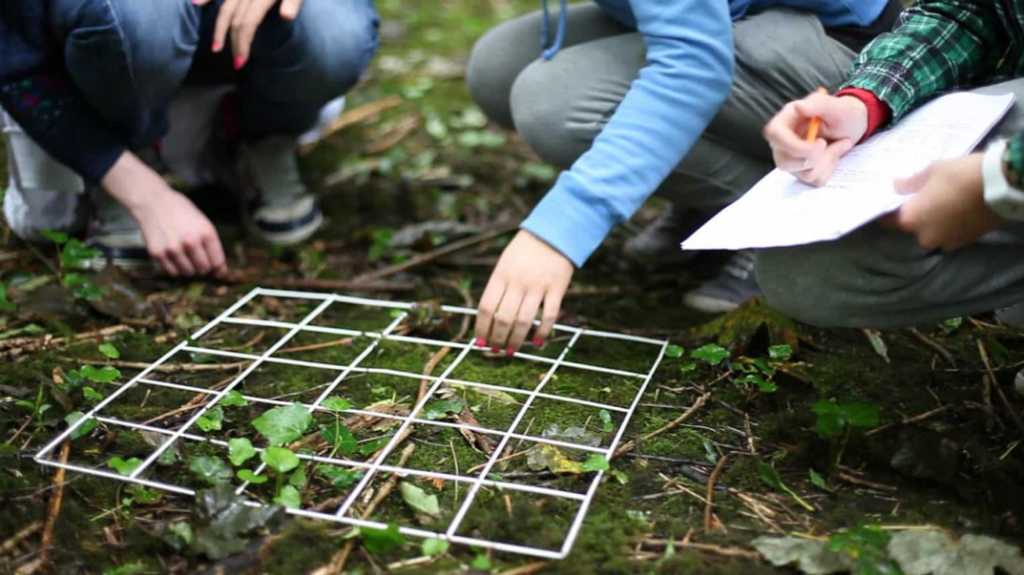
Chemistry
Chemistry education revolves around understanding the composition, properties, and transformations of matter. Informal science learning experiences can enrich students’ comprehension through more exposure to concepts, engaging labs and demonstrations, learning from scientists in the field, and learning more about the practical applications of what they are learning in class to the real world. This can be done through:
- Lab Workshops and Guest Speakers: Collaborating with local industries, research labs, or local universities can introduce hands-on experiments that link classroom material with real-world chemistry. Furthermore, these experiences allow for the exploration of topics such as chemical reactions, chromatography, and materials science that may instill a deeper appreciation for the practical applications of chemistry. In addition, students will learn about career options and what chemistry looks like in different fields.
- Kitchen Chemistry Events: Set up extra time with your students through special events (e.g. once a week during school, once a month after school) to do things that make chemistry fun and relatable. By demonstrating chemical principles using everyday materials found in kitchens, you can make abstract concepts easier to grasp. Activities like baking bread (fermentation), making soap (saponification), or extracting natural dyes (organic chemistry) illustrate chemical reactions in more familiar contexts and will help students think about content in different ways.
- School Clubs: As mentioned above, teachers who provide opportunities for students beyond the classroom can inspire students to learn science through a variety of activities. A club that meets frequently and focuses on the field of chemistry can be organized by you and be based on the interests of your students.
Or, you could partner with a national organization to help you learn from other clubs across the country. The American Chemical Society and American Association of Chemistry Teachers have a Chem Club program that may be of interest to you. You will be able to help your students learn more about careers in chemistry and better understand how chemistry plays a role in our lives.
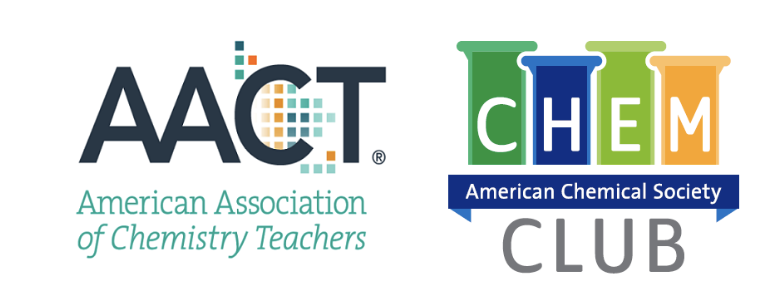
Environmental Science
Environmental science is an interdisciplinary study of how natural and man-made processes interact and affect biomes on Earth. It includes various disciplines, including ecology, biology, oceanography, atmospheric science, soil science, chemistry, and more. And the best thing about this subject is that teachers can introduce many different concepts, focus on current events, study hot-button topics (local and global), and have students learn in various ways. Some possible options for informal learning include:
- Outdoor Learning/Field trips: Take your students on field trips to parks or work with local organizations to get your students involved in environmental stewardship. Several years ago, I contacted Keeping Indianapolis Beautiful, a community and environmental non-profit group, about upcoming projects and the need for volunteers. They were in the process of accepting a donated piece of land and creating a new park, so I took my class to meet them and we were involved in tree planting and clean-up detail.
Although it was work-intensive, the students will be able to reflect knowing that they played a small role in this park becoming a reality. It was easy to make connections with content (e.g. biodiversity, ecosystems, interactions in nature), but what was even more important was providing hands-on and real-world learning so students understood the impacts of their decisions on the environment. - Competitions: Have you heard of Envirothon? This competition provides curriculum and ideas for involvement to help students learn more about their place in the world. Various environmental topics are part of this competition and students can compete at the state level up to the international event.
Other competitions may be of interest too. Check out the Future City competition, National Garden Clubs has a variety of competitions and grant opportunities, Young Reporters for the Environment, and the Stockholm Junior Water Prize. There are many others too, so dedicate some time to finding an appropriate competition/contest/grant for your students and have fun! - School Clubs: As is the case with other disciplines, teachers can start their club to promote the discipline, encouraging student involvement beyond the classroom, and providing opportunities for student-led groups based on choice. This can take on many faces, but if you’re not sure how to start or what to do, tap into organizations that can help guide you. EarthTeam is an organization that could be of interest as they partner with educational, environmental, and government organizations to help students/clubs learn, connect, and engage in service-learning. Clubs are a fantastic way for students to learn science informally.
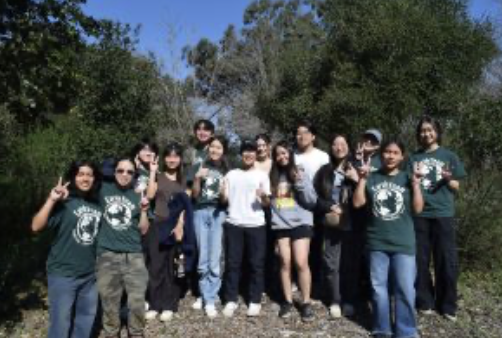
Space Science
- Field trips: If you are interested in learning more, I’d be happy to share my dissertation with you. Since I’m certain that nobody will take me up on that offer, let me summarize why a trip to the planetarium is a must. This is one of the most unique and immersive informal science venues that students will ever experience. The capabilities of a digital planetarium are far superior to anything you can do in the classroom and students will benefit greatly from what they see projected onto the dome.
Here are the results – students have improved attitudes about learning astronomy, they learn more about astronomy, and the visuals help them think about astronomy in new and/or different ways compared to classroom/textbook learning. Furthermore, teachers report increased engagement with the content and that students do better with hard-to-grasp concepts, like scale. An additional field trip option is to visit a university campus or invite a researcher to talk to your students. This will give your class a chance to see lab space, discover possible majors and future research opportunities, learn about current research and findings of high-level space science, and discover knowledge of STEM careers that they might not have been familiar. - Citizen Science: As mentioned earlier, involving your students in citizen science projects empowers them to participate and contribute to ongoing research efforts. If you have an interest in this, please look at the NASA website because there are numerous opportunities. For example, the April 2024 total solar eclipse asked citizens across the United States to collect a variety of data, including the appearance of the Sun and the corona, photographing Bailey’s Beads, recording the sounds of wildlife, and monitoring air temperatures and clouds during the eclipse.
Students were not only able to collect data directly into the NASA Globe app, but teachers could have students use their observations and data to complete mini-research projects. This is a fantastic way to incorporate informal learning and engage students beyond the classroom.
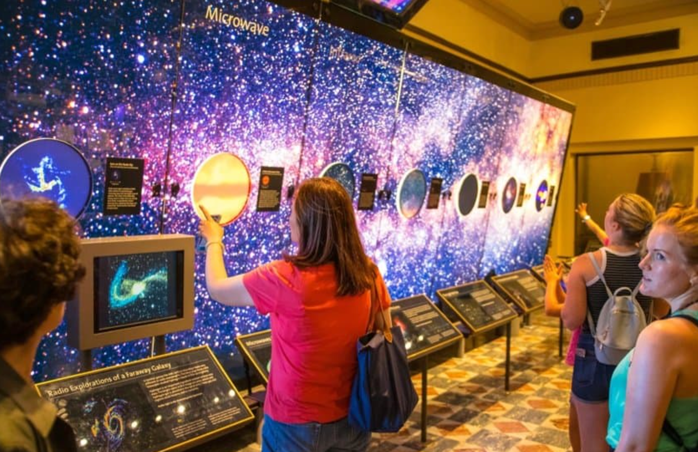
Why Formal + Informal is Beneficial?
The integration of informal science learning experiences into formal education offers numerous benefits:
- There is increased engagement through hands-on activities and real-world applications, which capture students’ interest and promote active participation in learning.
- Students will have additional exposure to learning science through practical experiences, which reinforces conceptual understanding of scientific concepts.
- Exposure to diverse scientific disciplines and industry applications will help prepare students for future careers in STEM fields.
If you can successfully combine formal and informal learning, you will truly provide meaningful connections between theory and practice and a better learning experience for your students.
About the Author
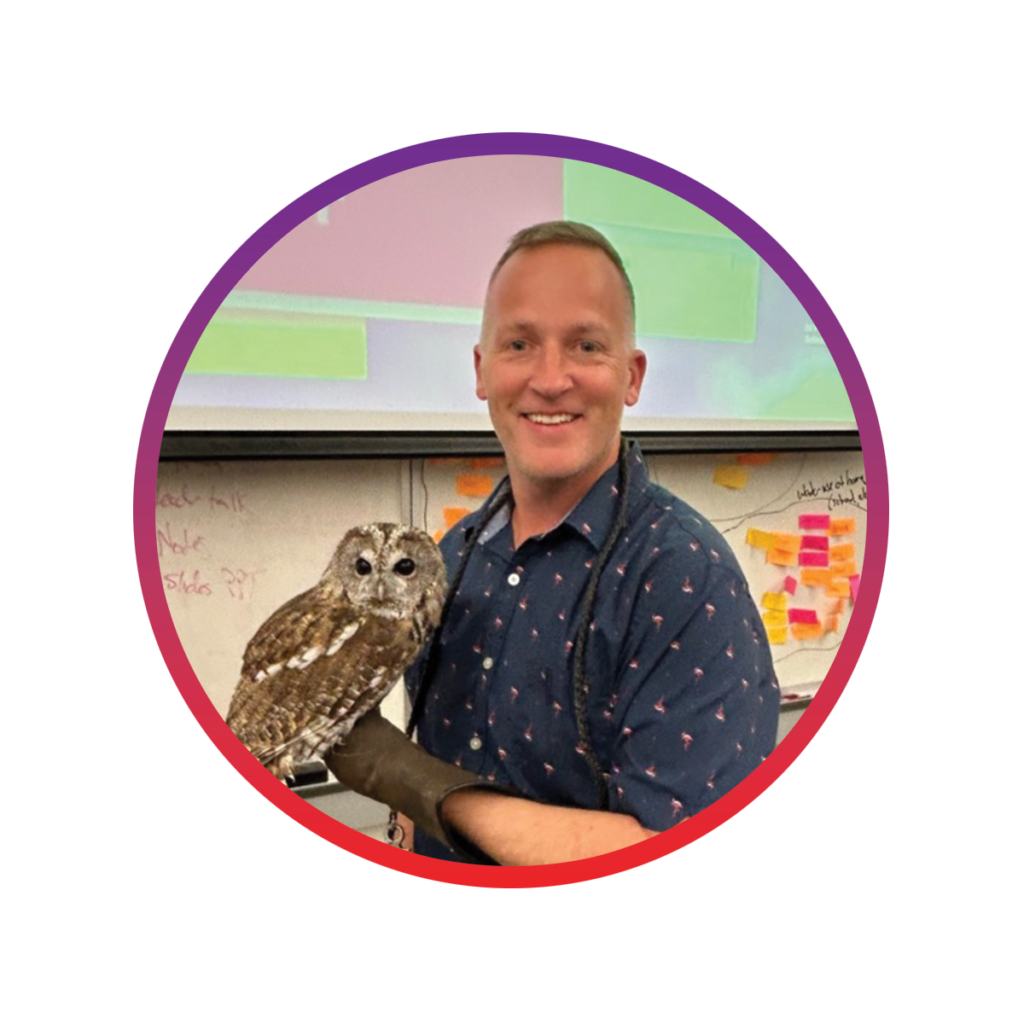
William (Bill) Thornburgh, Ph.D., taught high school chemistry, biology, and environmental science for 10 years. He is currently an Assistant Professor of Science Education at Eastern Kentucky University in Richmond, Kentucky. William teaches middle grades and secondary science methods and assessment in education.
Connect with William on LinkedIn | X (@DrBillEKU)







